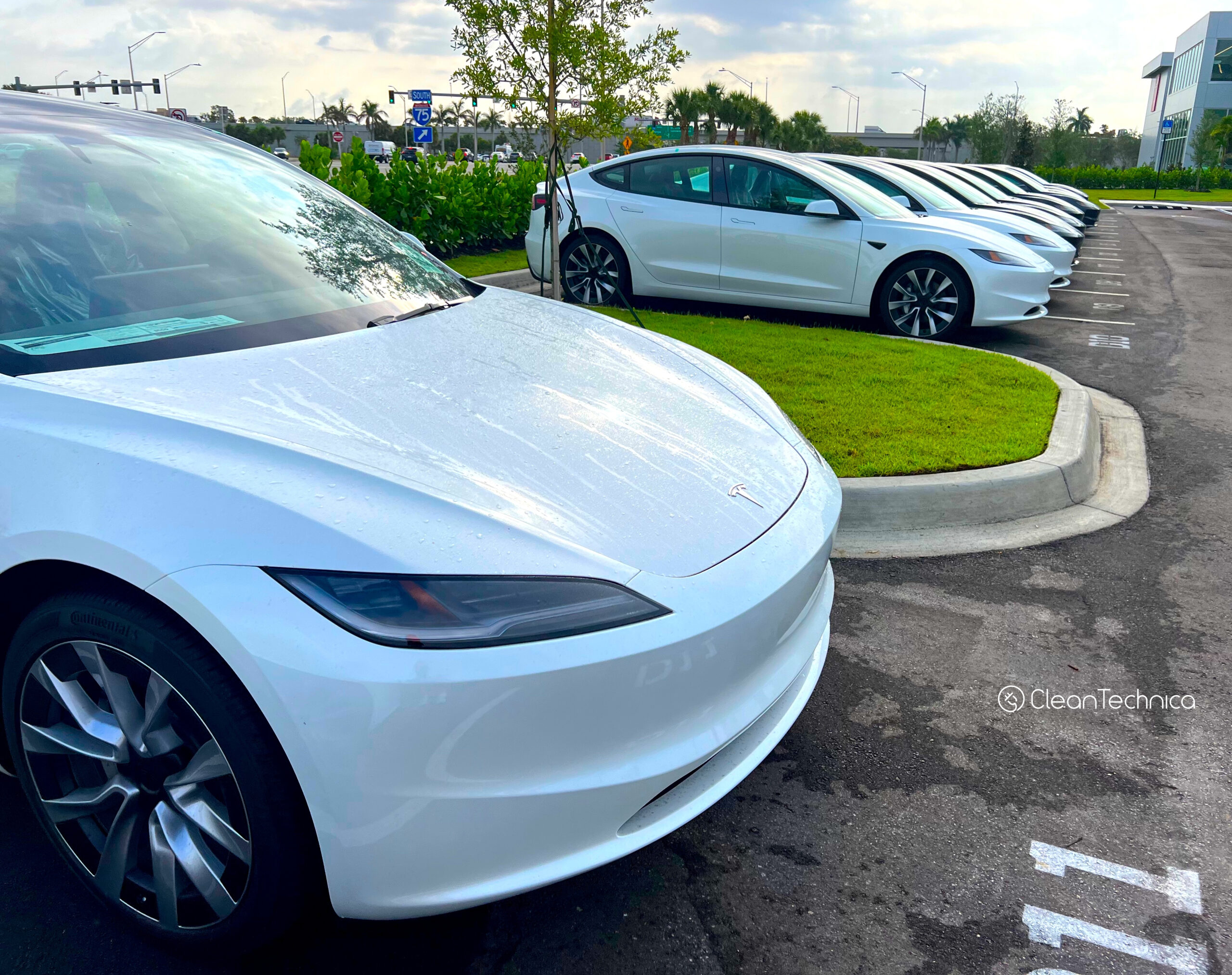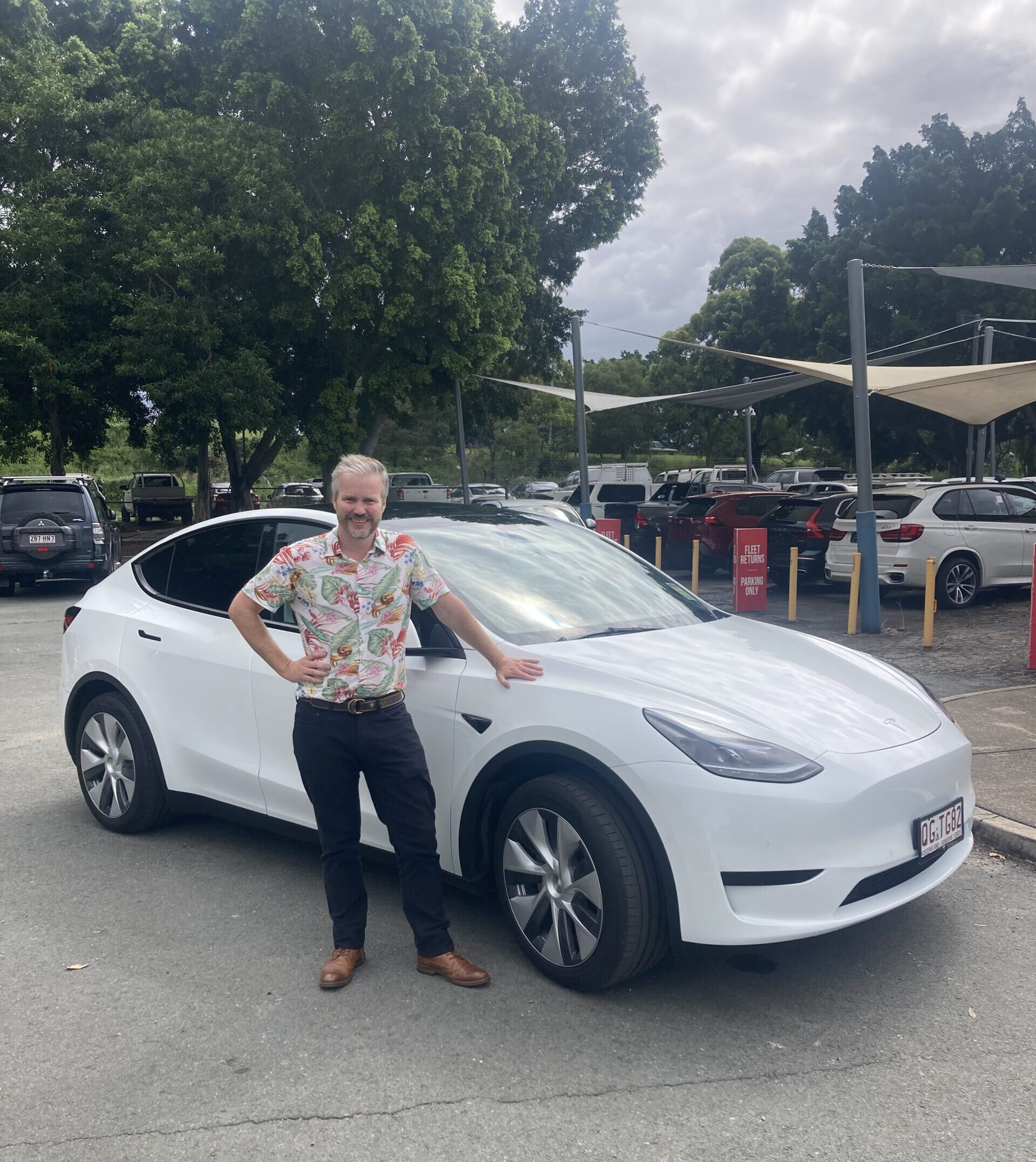Sign up for daily news updates from CleanTechnica on email. Or follow us on Google News!
Efforts to get the US offshore wind industry off the ground have been slow and stumbling, partly on account of opposition from stakeholders in the fishing industry. That’s the bad news. On a brighter note, wind developers elsewhere are beginning to attract aquaculture stakeholders with opportunities for multi-use and co-located operations. If the trend takes hold, that could help deflect some of those fish-related slings and arrows.
Offshore Wind: It’s Not Just About The Fish
Fishing industry stakeholders are not the only ones with an interest in thwarting renewable energy development along the eastern US seaboard. Oil industry-affiliated organizations and their allies in government have also been in the mix.
According to a Reuters report in 2021, for example, a nonprofit organization called the Texas Public Policy Institute has provided pro bono support to a lawsuit brought by fishing businesses in three states seeking to block approval of the Vineyard Wind project off the coast of Massachusetts.
Journalists have also traced disinformation campaigns against offshore wind farms to groups with ties to fossil energy stakeholders.
Last month, reporter Adele Peters of Fast Company summarized the disinformation state of affairs. Peters name-checked the Caesar Rodney Institute, describing it as “a nonprofit that has been backed by the conservative dark money groups Donors Capital Fund and DonorsTrust, along with the American Fuel and Petrochemical Manufacturers and the American Energy Alliance, a fossil industry group founded by a former Enron executive.”
These Offshore Wind Turbines Are Engineered For Fish Farming
Elsewhere around the world, offshore wind stakeholders are already making the case for fish-friendly wind farms. Last week, the Chinese company Shanghai Electric emailed CleanTechnica with an update on a first-of-its-kind, deep sea offshore wind project in China’s National Marine Ranching Demonstration Zone.
The project consists of three floating wind turbines and solar panels, too. Each floating platform includes a hexagonal interior space reserved for fish farming. The fish ponds were previously tested on a 1:40 scale model as part of a series of almost 200 operational tests for the project as a whole.
“The pioneering convergence of wind power, photovoltaics, and aquaculture presents a new horizon for the industry to develop sustainable and green renewable solutions designed to reduce carbon emissions while boosting economic growth,” Shanghai Electric enthused.
Last spring, another Chinese firm also let word slip about its interest in designing offshore wind turbines for aquaculture. In a post on LinkedIn, the company Mingyang Smart Energy announced that it has designed a jacket-type wind turbine foundation with an integrated fish cage.
In contrast to simple pile-type foundations, jacket foundations are complex structures designed for use in deeper waters.
“This typhoon-resistant structure includes an intelligent aquaculture system with remote functions, such as automated feeding, monitoring, detection, and collection,” the company stated.
MingYang estimates that its system can accommodate up to 150,000 fish in a body of water measuring 5,000 cubic meters. The new turbine is slated to be installed at the company’s 505-megawatt Mingyang Qingzhou 4 wind farm in the South China Sea, which is scheduled for commissioning in 2026.
Co-Location & Multi-Use In Europe
The Baltic and North seas are already crowded with offshore activity and maritime shipping routes. That makes aquaculture co-location and multi-use setups all the more attractive for offshore wind stakeholders who are trying to elbow into the action.
So far, much of the research activity is focused on seaweed and shellfish farming at offshore wind farms, one example being the multi-site European Union OLAMUR kelp and bivalve project. The researchers are also exploring how offshore wind farms might benefit fish populations, by providing protected areas where fishing is not allowed.
A similar EU project, ULTFARMS, is aimed specifically at co-locating seaweed and bivalve operations with wind farms in the Baltic and North seas.
The Dutch organization North Sea Farmers has also been integrating co-location and multi-use into its work in support of the seaweed industry, in collaboration with the organization Campus@Sea and the Dutch Marine Energy Centre. All three groups are headquartered in the North Sea city of The Hague, which has been raising its profile as a center for offshore energy innovation.
In another interesting development, the offshore wind firm Simply Blue has teamed up with the Norwegian company Arctic Seaweed to explore how offshore wind service vessels could support aquaculture operations.
A Favorable Wind (May Be) In Store For US Fish Farms
In terms of offshore fish farms, co-location faces a double whammy in the US. Aside from opposition to the turbines themselves, offshore fish farming in the open ocean has been a virtual non-starter due to concerns over environmental impacts and the risk of releasing non-native species.
Though cultivated shellfish and near-shore operations are fairly common, a lone facility off the coast of Hawaii is currently the only example of open ocean, offshore fish farming in the US.
That could be about to change. Last year the Fisheries branch of the National Oceanic and Atmospheric Administration introduced its first-ever strategic plan for the US aquaculture industry, covering a five-year period from 2023 to 2028 for the Great Lakes as well as open ocean and coastal environments.
“A compelling case can be made for growing more seafood domestically,” NOAA explains. “Our country is a leading global importer of fish and fishery products, as well as a key provider of technology, feed, equipment, and investment capital to other producers around the world.”
Proposals are already in the works for offshore fish farms in Maine, California, and Florida, and Congress is considering new aquaculture legislation that leverages the findings and recommendations of the five-year plan.
All Eyes On Virginia
If co-location does take shape in the US, the state of Virginia could be first in line. The state is the third-largest seafood producer in the US and it will soon be the site of a massive offshore wind farm, too.
The US firm Dominion Energy has been laying offshore plans for several years, leading to approval of a massive 2.6 gigawatt project called Coastal Virginia Offshore Wind. In the meantime, the Virginia branch of the NOAA Sea Grant program has been assessing public support for multi-use opportunities at the new wind farm.
So far the Virginia Sea Grant research team has found substantial public support for seaweed aquaculture and recreation as well as the establishment of unharvested seaweed beds.
Support for offshore fish farms remains to be seen, so stay tuned for more on that.
Follow me @tinamcasey on Bluesky, Threads, Post, and LinkedIn.
Image: Examples of aquaculture co-location with offshore wind farms, courtesy of Virginia Sea Grant.
Have a tip for CleanTechnica? Want to advertise? Want to suggest a guest for our CleanTech Talk podcast? Contact us here.
EV Obsession Daily!
I don’t like paywalls. You don’t like paywalls. Who likes paywalls? Here at CleanTechnica, we implemented a limited paywall for a while, but it always felt wrong — and it was always tough to decide what we should put behind there. In theory, your most exclusive and best content goes behind a paywall. But then fewer people read it!! So, we’ve decided to completely nix paywalls here at CleanTechnica. But…
Thank you!
Community Solar Benefits & Growth
CleanTechnica uses affiliate links. See our policy here.




